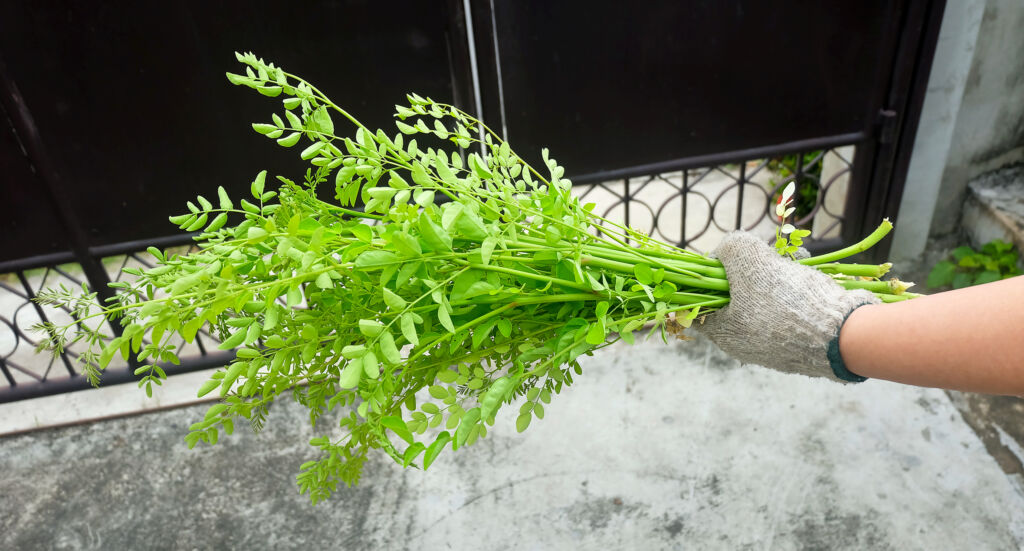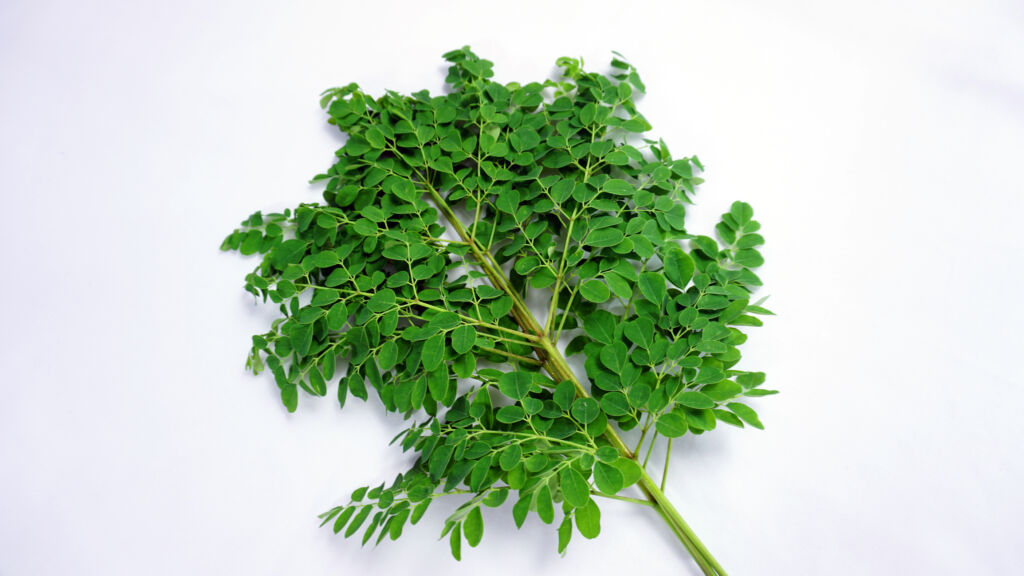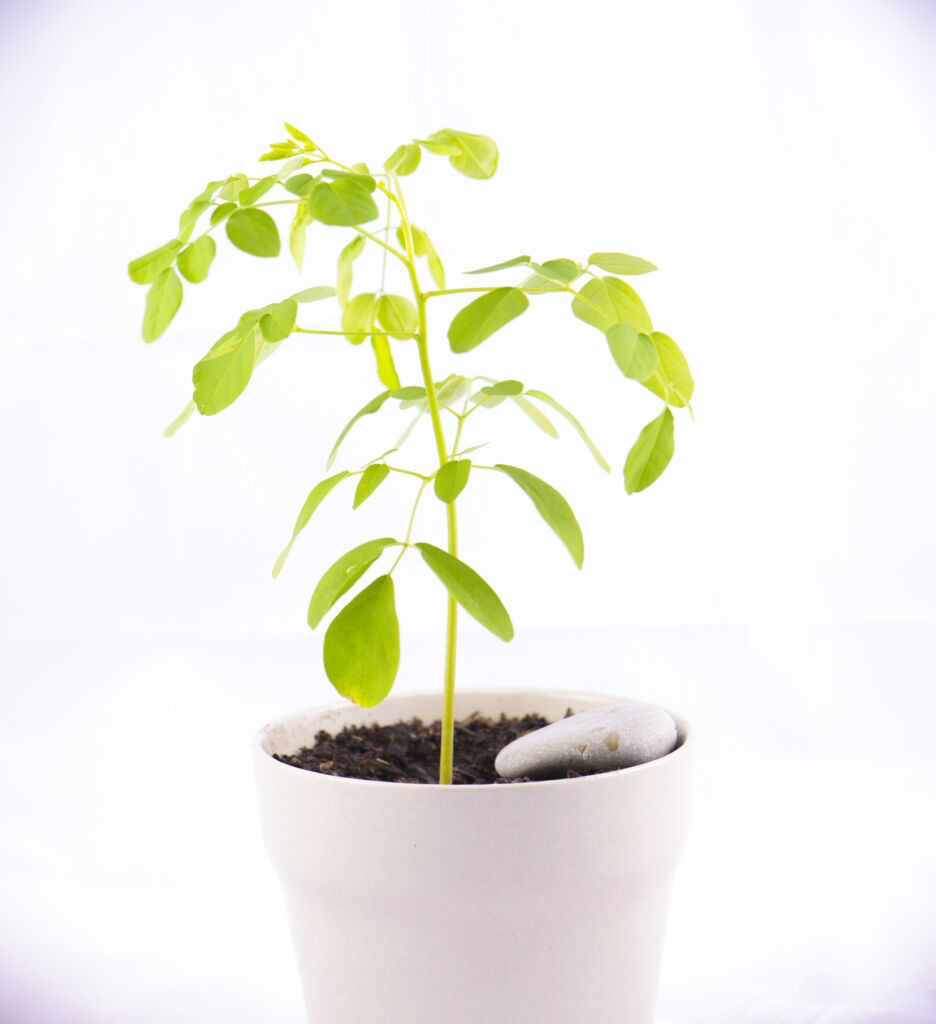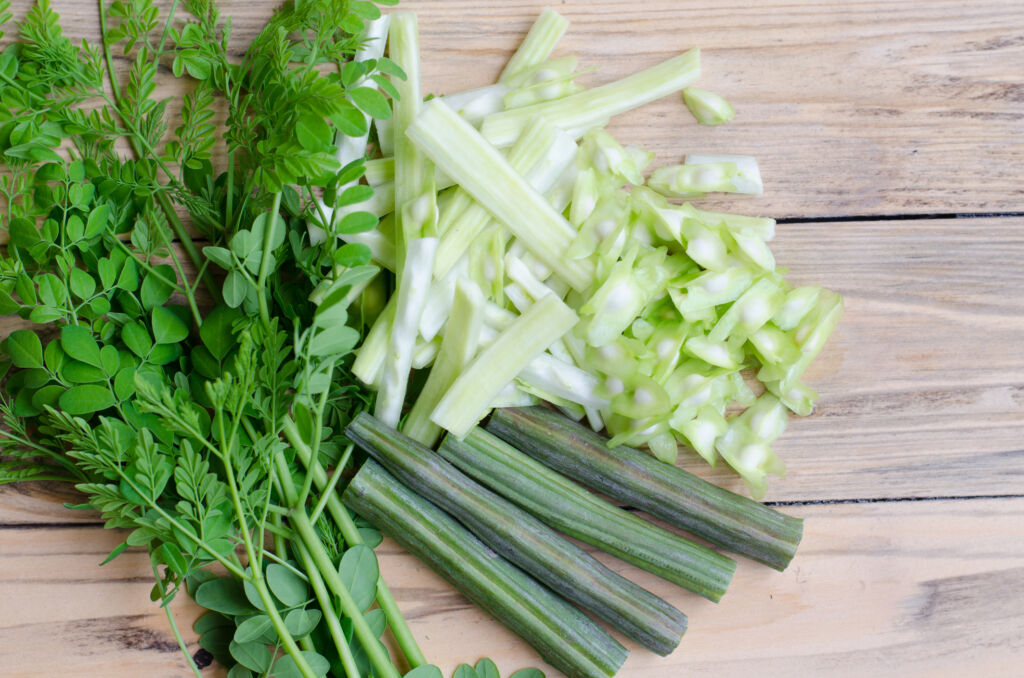HousePlantJoy is supported by our audience. When you purchase through one of our links, we may earn a small affiliate commission. As an Amazon Associate I earn from qualifying purchases. Your cost is not affected.
==================
Taking care of a Moringa tree as a houseplant is possible and a good idea. It is an attractive ornamental plant with nutritious and medicinal attributes.
Caring For Moringa Tree As A Houseplant
Describe Moringa Tree As A Houseplant
Sunlight and Heat For The Moringa Oleifera
Watering Moringa Tree As A Houseplant
Fertilizing And Pruning The Moringa Oleifera
What People Do With Moringa
Benefits Of Moringa Tree As A Houseplant
To Wrap It All Up
As mentioned, many health benefits of Moringa plants are available. Thus, folks take care of it, incorporating its consumable parts with food and drinks. It is another point that shows owning it is practical.
We hope you learned a few helpful things about the Moringa Oleifera plant and how to grow Moringa indoors. Thanks for reading, and please share your thoughts about this healthy herb.
Discover the vibrant world of indoor gardening with these 13 cactus houseplant types grow indoors, ideal for creating a thriving oasis in your home. Unlock the secrets to successful cultivation and start growing your own indoor desert paradise today!
Frequently Asked Questions
Can Moringa trees really be grown indoors?
Yes, Moringa trees can be grown indoors with proper care. They need a sunny spot, preferably a south-facing window, to thrive. Ensure the pot has good drainage to prevent root rot.
How often should I water my indoor Moringa tree?
Water your Moringa tree when the top inch of soil feels dry. They don’t like waterlogged soil, so be careful not to overwater. In winter, they require less water than during the growing season.
What are the benefits of growing Moringa indoors?
Growing Moringa indoors can purify the air and add a touch of greenery to your space. Moringa leaves are nutritious and can be used in cooking or teas. It’s also a conversation starter due to its rapid growth and health benefits.
Learn More About Houseplants!
Discover more types of houseplants, their benefits, and how to care for them with us! Join us on Facebook, Instagram, and Twitter for beautiful photos, plant care tips, and a community that celebrates the joy of indoor gardening.
Facebook: https://www.facebook.com/houseplantjoyblog
Instagram: http://instagram.com/houseplantjoy20
Twitter: https://twitter.com/HouseplantJoy
Let’s nurture our green spaces together!







